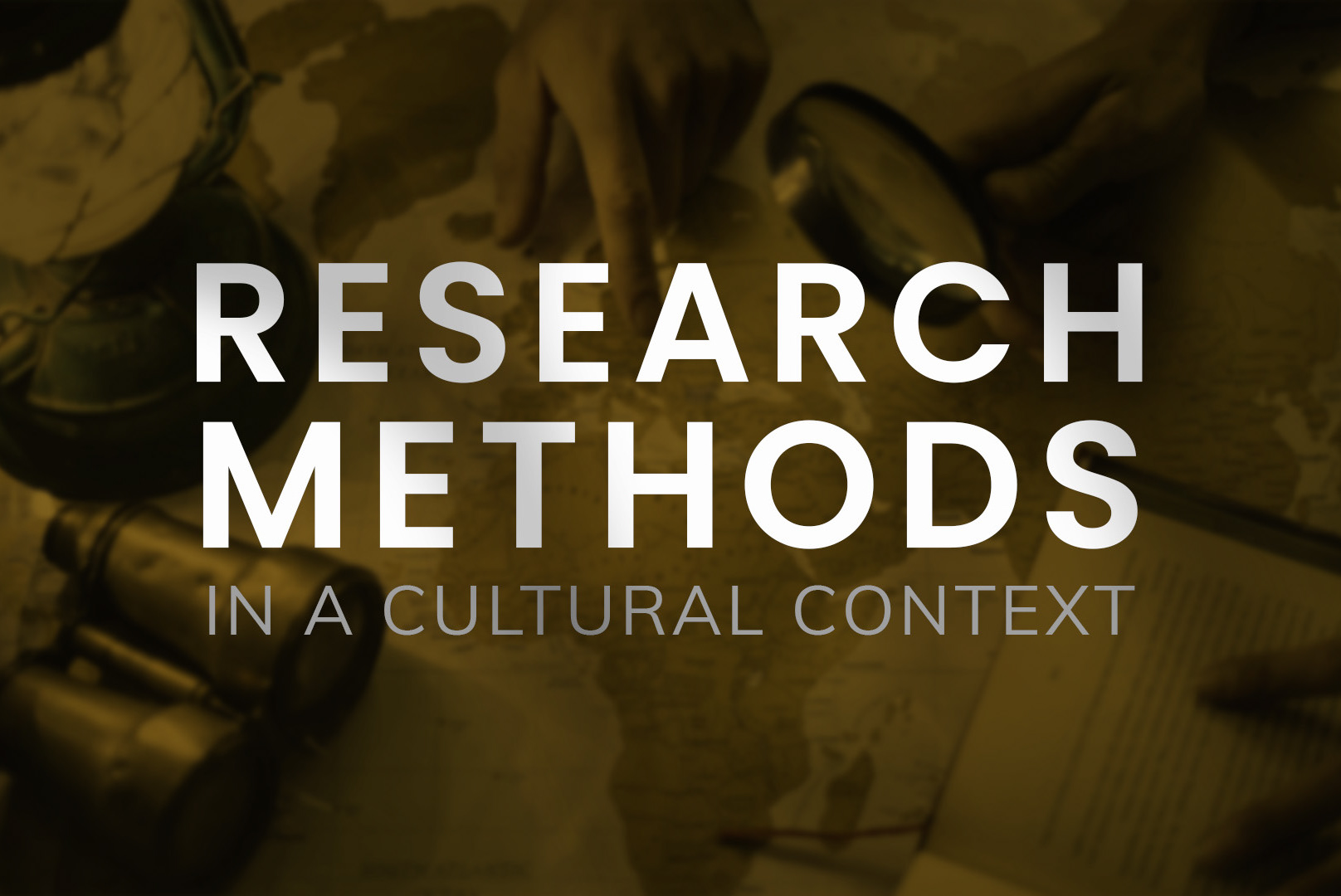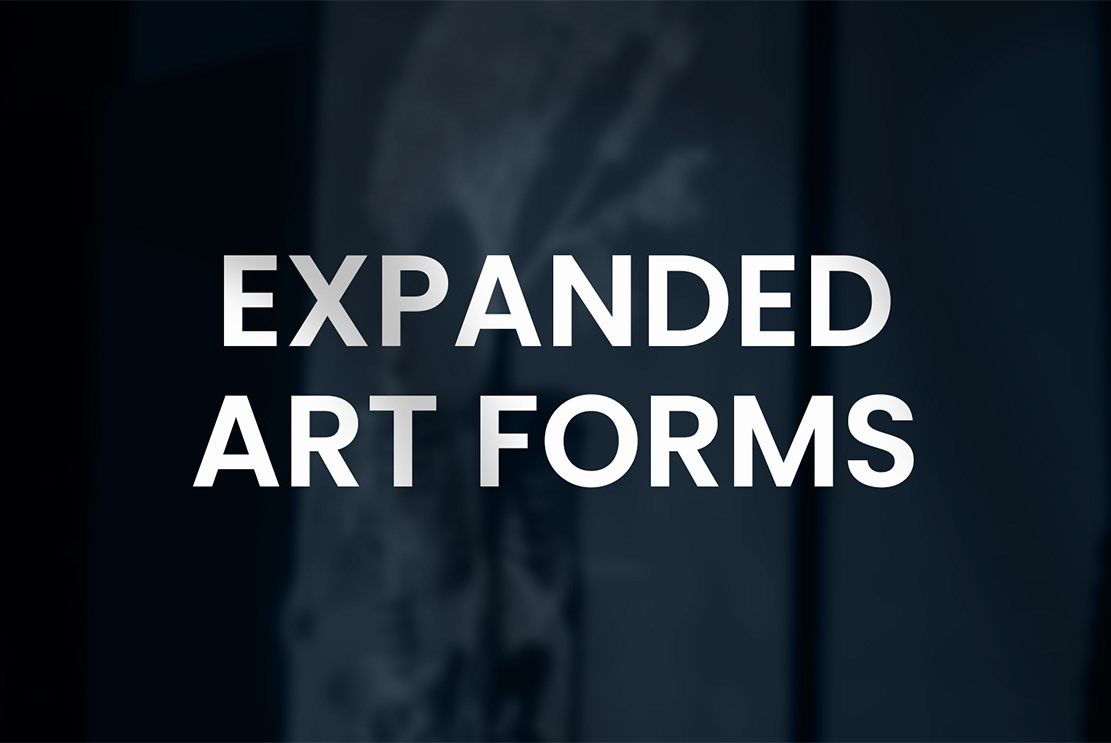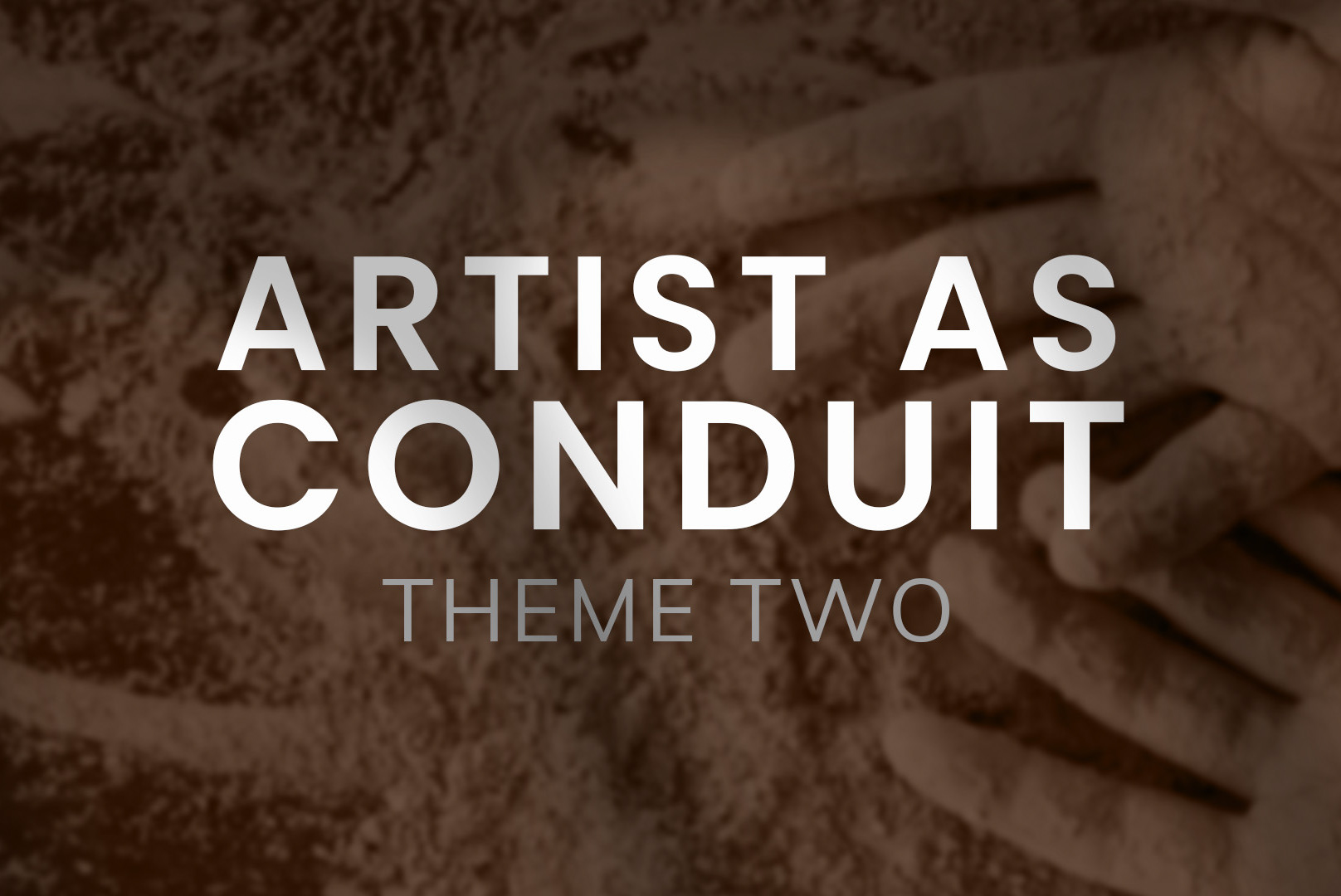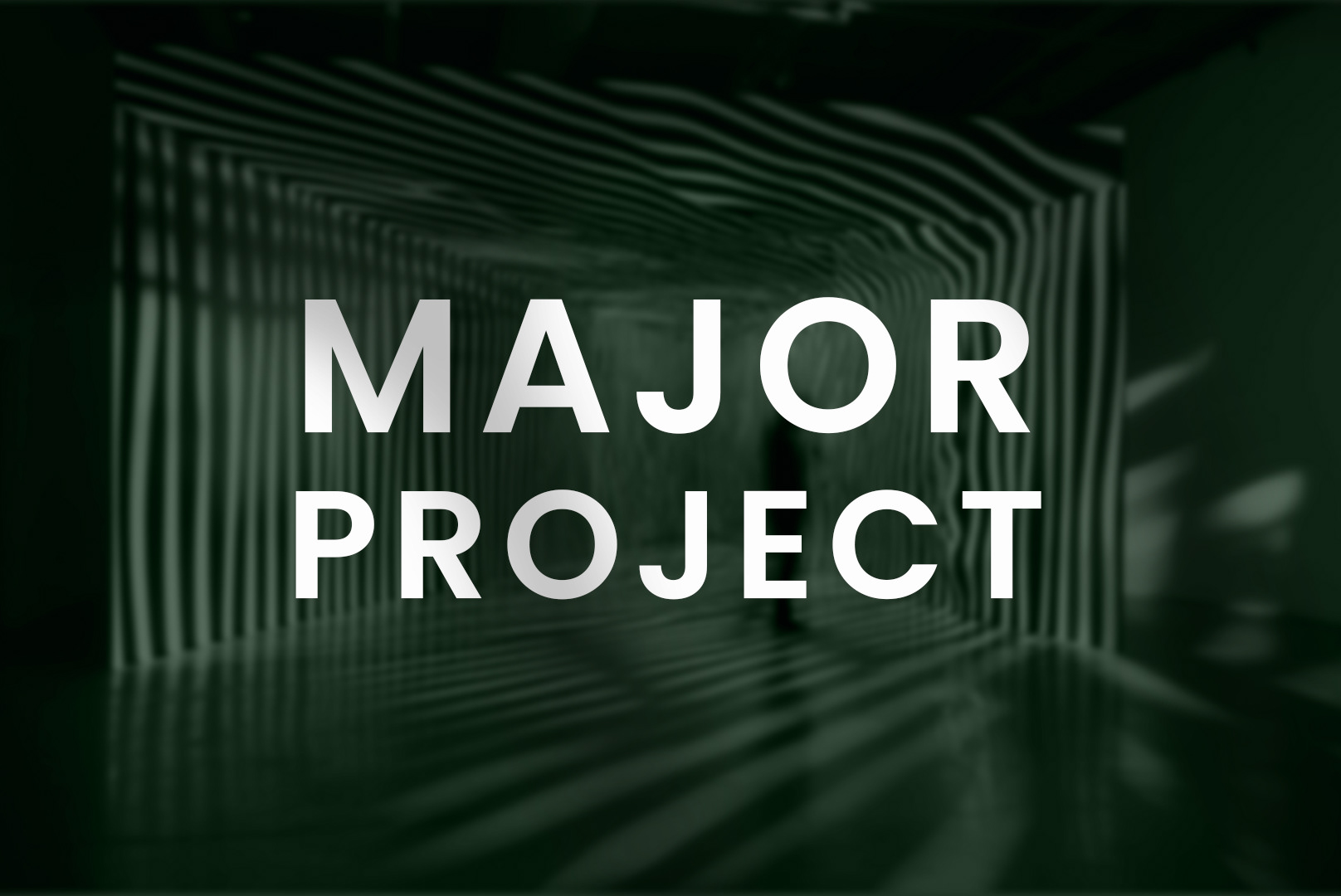The Artist as Surveyor theme focuses on observing and documenting the world, rather than creating purely from imagination. Artists study landscapes, cultures, or social systems to highlight hidden details and raise awareness of important issues, offering new perspectives and deeper understanding of the spaces we inhabit.
- RESEARCH -
01. Richard Long
Richard Long is one of the foundational artists behind the Land Art movement. His work focuses on walking, nature, and how the act of moving through space becomes a form of mark-making. One of his most famous pieces, A Line Made by Walking, is simply a photo of a path he created by walking back and forth across a field. His work isn’t about grand gestures but about simple, human-scale interaction with the landscape.
I learned that art doesn’t always need to be made for the gallery. It can exist in nature, in motion, in memory. Long showed me how quiet observation and repeated gestures can become a kind of mapping, not of land, but of experience. His work challenged my idea of what counts as art and made me think about documentation as a creative act.
Long’s work helped me shift how I view process. It made me more open to using repetition, rhythm, and movement as tools in my own projects. In a way, Eggs Book carries that same spirit — each egg is a mark, a trace of thought, slowly building meaning through accumulation. His influence helped me let go of over-planning and trust the journey of small ideas.
02. Sophie Calle
Sophie Calle is a French conceptual artist whose work blends photography, writing, surveillance, and autobiography. She’s known for following strangers, documenting their lives, and weaving those observations into deeply personal narratives. Her project Suite Vénitienne involved secretly following a man through Venice, recording every move.
Observation can be layered with emotion, story, and vulnerability. Calle’s work is about seeing people and finding patterns in behavior, silence, and space. She turns the act of watching into an art form. It’s intimate, even awkward at times, but that’s what makes it powerful.
Calle helped me understand that being a surveyor doesn’t always mean staying neutral or distant. It can be personal. It reminded me that how I observe things, carries my own bias, voice, and tone.
03. On Kawara
On Kawara was a conceptual artist known for his obsessive documentation of time and existence. His Date Paintings, telegrams, and postcards all served one purpose: to mark the fact that he was alive, here, and aware. His work is repetitive, simple, and deeply philosophical.
Repetition isn’t boring, it can be meditative, even meaningful. Kawara’s practice taught me that just showing up, doing something over and over, and being present is a form of observation. He turned time into a material, and that made me reflect on how we can use structure and habit as part of our practice.
This influenced how I treated structure in Eggs Book. Each page feels like a record of a thought. By repeating the egg and changing its context, I was unconsciously doing something similar, tracking change through form.
My Surveyor Project
As part of a small observational project, I spent time surveying a quiet piece of nature in Greenwich Park. I brought along a handmade rectangular frame and used it to isolate a small patch of grass, something ordinary and easy to overlook. Within that simple square, I focused on the tiny details: blades of grass leaning in different directions, specks of colour, small movements from the wind. I stayed with it longer than I expected, just watching. Afterward, I wrote a short poem inspired by what I saw, using words to reflect the stillness and unnoticed beauty of that moment.
This small exercise had a bigger impact than I imagined. It made me realise how art doesn’t always have to be about making something new, sometimes, it’s about noticing what’s already there. It helped me understand how art can act as a quiet tool for reflection and awareness. By slowing down and framing a simple part of the world, I was able to see it differently, and that, in itself, felt like a creative act.
Reflection
The Artist as a Surveyor theme made me think differently about how I observe and interact with the world around me. it’s about noticing the unnoticed, slowing down, and finding meaning in small, everyday moments. Through this lens, I began to see my creative process as a form of quiet research, whether I’m drawing, writing, or just paying attention. It taught me that observing can be an act of care, and that art has the power to shift how we see even the most ordinary things.








